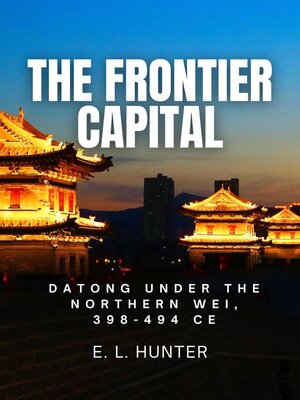
Sign up to save your library
With an OverDrive account, you can save your favorite libraries for at-a-glance information about availability. Find out more about OverDrive accounts.
Find this title in Libby, the library reading app by OverDrive.



Search for a digital library with this title
Title found at these libraries:
| Library Name | Distance |
|---|---|
| Loading... |
In 398 CE, on the windswept frontier between the Mongolian steppe and agricultural China, the nomadic Tuoba Xianbei people made a radical choice. Instead of conquering and occupying a traditional Chinese city, they built their own: Pingcheng, the "City of Peace." For nearly a century, this metropolis served as the capital of their powerful Northern Wei dynasty.
History has often dismissed this period as a simple story of "Sinicization"—the process of "barbarians" inevitably becoming Chinese. The Frontier Capital reveals a far more complex and fascinating reality. Drawing on archaeological evidence from the city's ruins, a critical re-reading of court histories, and a deep analysis of its spectacular art, this book argues that Pingcheng was a laboratory for a new kind of empire.
Here, Tuoba rulers governed with a hybrid system that blended steppe clan politics with Chinese bureaucracy. They became fervent Buddhist monarchs, sponsoring the creation of the magnificent Yungang Grottoes—colossal Buddhas carved into cliffsides in a revolutionary style that fused Indian, Central Asian, and Chinese art. This was not assimilation. This was innovation.
The Frontier Capital is the definitive story of this forgotten city, a gripping investigation into how a frontier zone became a creative center that redefined the meaning of "China" and left a lasting legacy on all of East Asia.







